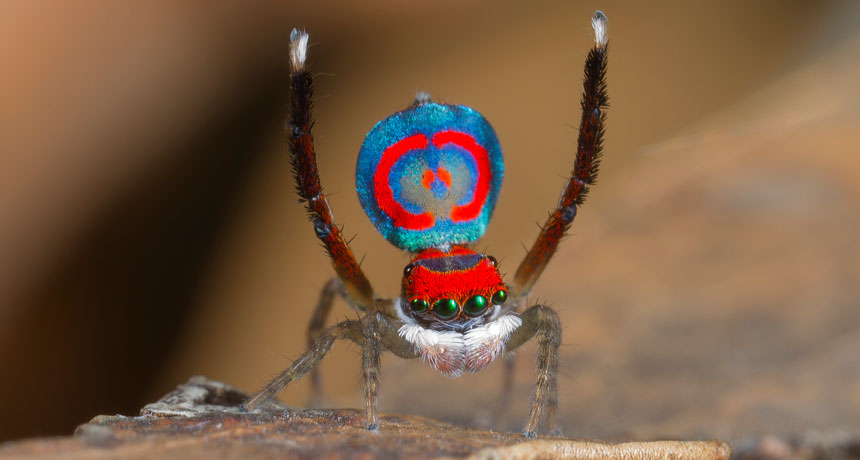angle The space (usually measured in degrees) between two intersecting lines or surfaces at or close to the point where they meet.
arachnid A group of invertebrate animals that includes spiders, scorpions, mites and ticks. Many have silk or poison glands.
chemical A substance formed from two or more atoms that unite (become bonded together) in a fixed proportion and structure. For example, water is a chemical made of two hydrogen atoms bonded to one oxygen atom. Its chemical symbol is H2O. Chemical can also be an adjective that describes properties of materials that are the result of various reactions between different compounds.
colleague Someone who works with another; a co-worker or team member.
fiber Something whose shape resembles a thread or filament of some kind. (in nutrition) Components of many fibrous plant-based foods. These so-called non-digestible fiber tends to come from cellulose, lignin, and pectin — all plant constituents that resist breakdown by the body’s digestive enzymes.
iridescent Adjective that describes something that seems to change color with a shift in the angle at which it is viewed or at which lighting is applied.
native Associated with a particular location; native plants and animals have been found in a particular location since recorded history began. These species also tend to have developed within a region, occurring there naturally (not because they were planted or moved there by people). Most are particularly well adapted to their environment.
optics Having to do with vision or what can be seen.
organism Any living thing, from elephants and plants to bacteria and other types of single-celled life.
pigment A material, like the natural colorings in skin, that alter the light reflected off of an object or transmitted through it. The overall color of a pigment typically depends on which wavelengths of visible light it absorbs and which ones it reflects. For example, a red pigment tends to reflect red wavelengths of light very well and typically absorbs other colors. Pigment also is the term for chemicals that manufacturers use to tint paint.
range The full extent or distribution of something. For instance, a plant or animal’s range is the area over which it naturally exists. (in math or for measurements) The extent to which variation in values is possible. Also, the distance within which something can be reached or perceived.
species A group of similar organisms capable of producing offspring that can survive and reproduce.
spectrometry The collection of data using an instrument that measures a spectrum, such as light, energy or atomic mass. Typically, chemists use this technique to measure and report the wavelengths of light that it observes to help identify the elements or molecules present in an unknown sample.
spider A type of arthropod with four pairs of legs that usually spin threads of silk that they can use to create webs or other structures.
transparent Allowing light to pass through so that objects behind can be distinctly seen.

